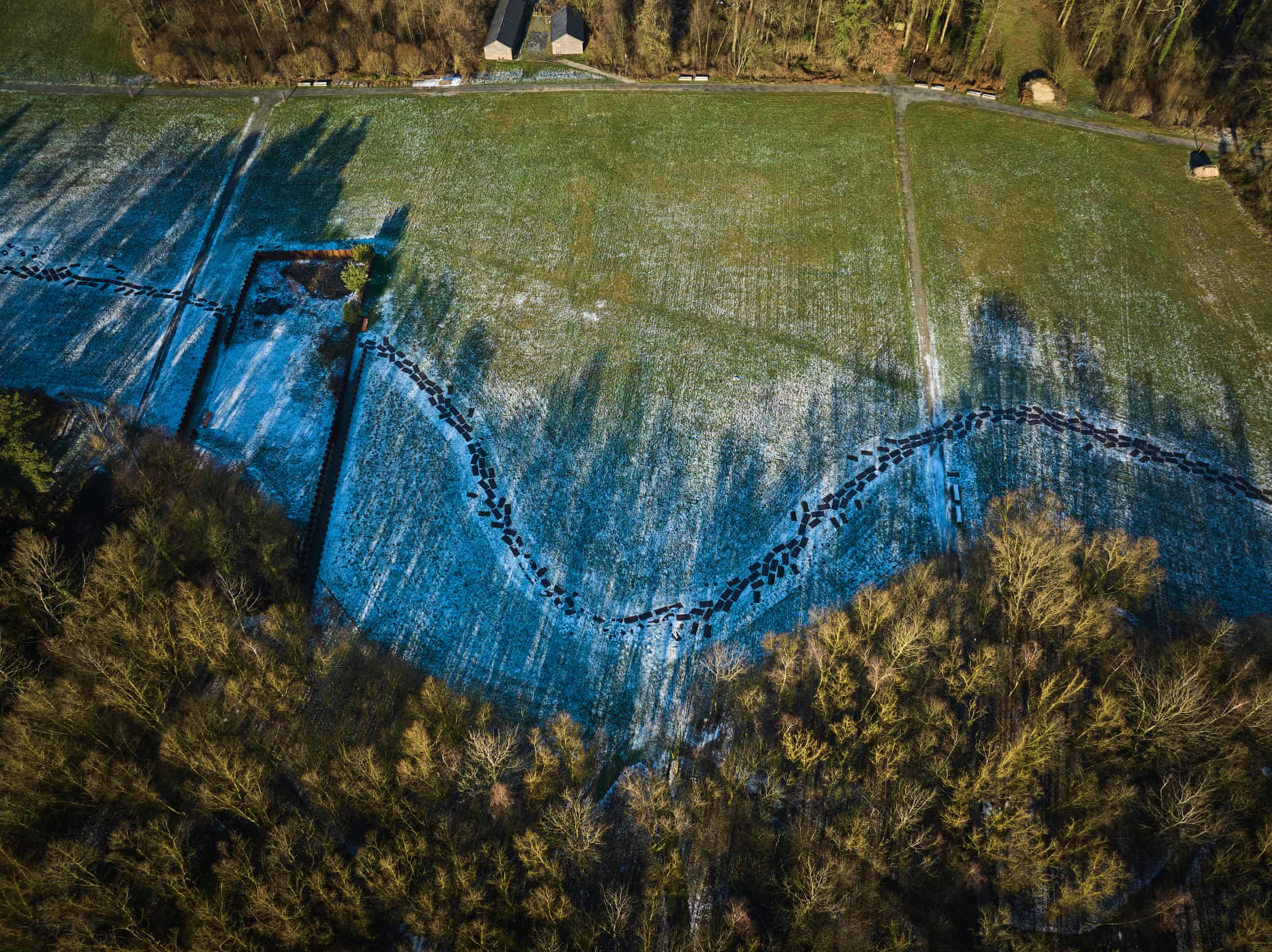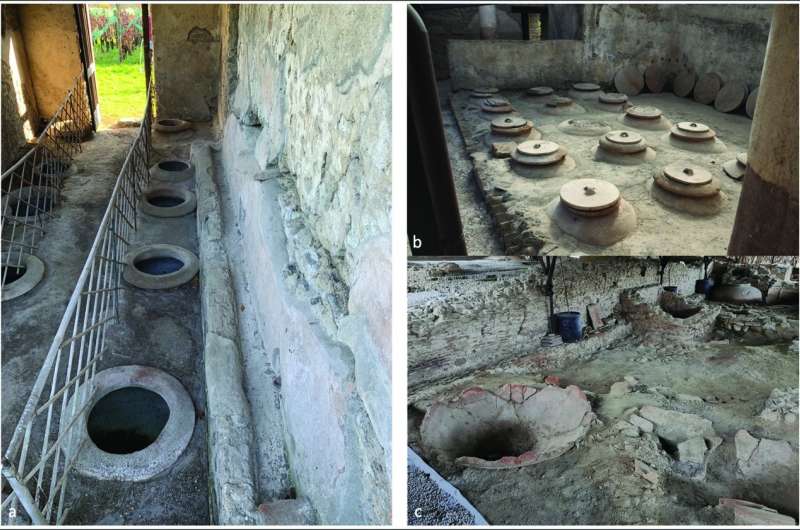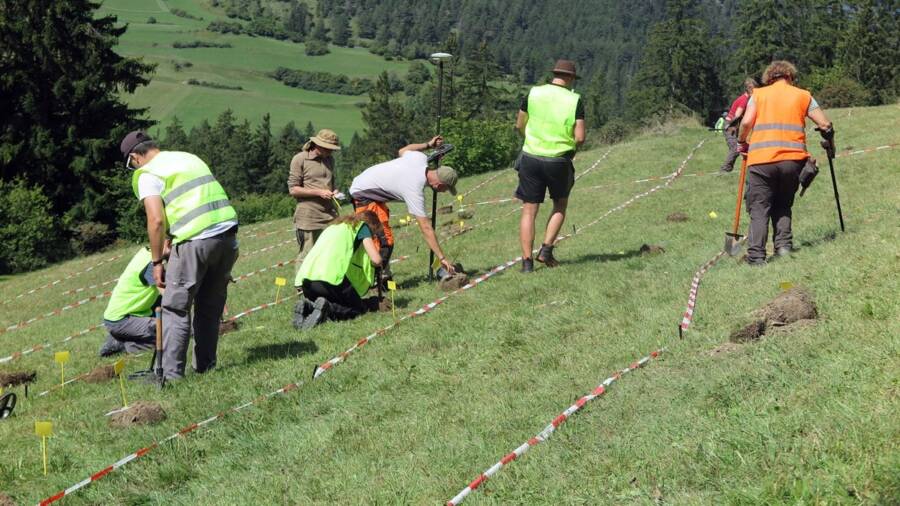A large Roman villa was uncovered in Oxfordshire. Credit: Red River Archaeology Group
The complex was adorned with intricate painted plaster and mosaics and housed a collection of small, tightly coiled lead scrolls. The Red River Archaeology Group (RRAG), the organization responsible for coordinating the excavation, announced in a press release that these elements suggest that the site may have been used for rituals or pilgrimages.
Francesca Giarelli, the Red River Archaeology Group project officer and the site director, told CNN that the villa likely had multiple levels. The Roman villa complex, spanning an impressive 1,000 square meters (or 10,800 square feet) on its ground floor alone, was likely a prominent landmark visible from miles away.
“The sheer size of the buildings that still survive and the richness of goods recovered suggest this was a dominant feature in the locality if not the wider landscape,” says Louis Stafford, a senior project manager at RRAG, in the statement.
Read the rest of this article...








:focal(640x482:641x483)/https://tf-cmsv2-smithsonianmag-media.s3.amazonaws.com/filer_public/71/27/7127f22f-29d3-49e2-a799-c71687a21c02/face_lead_image.jpeg)

